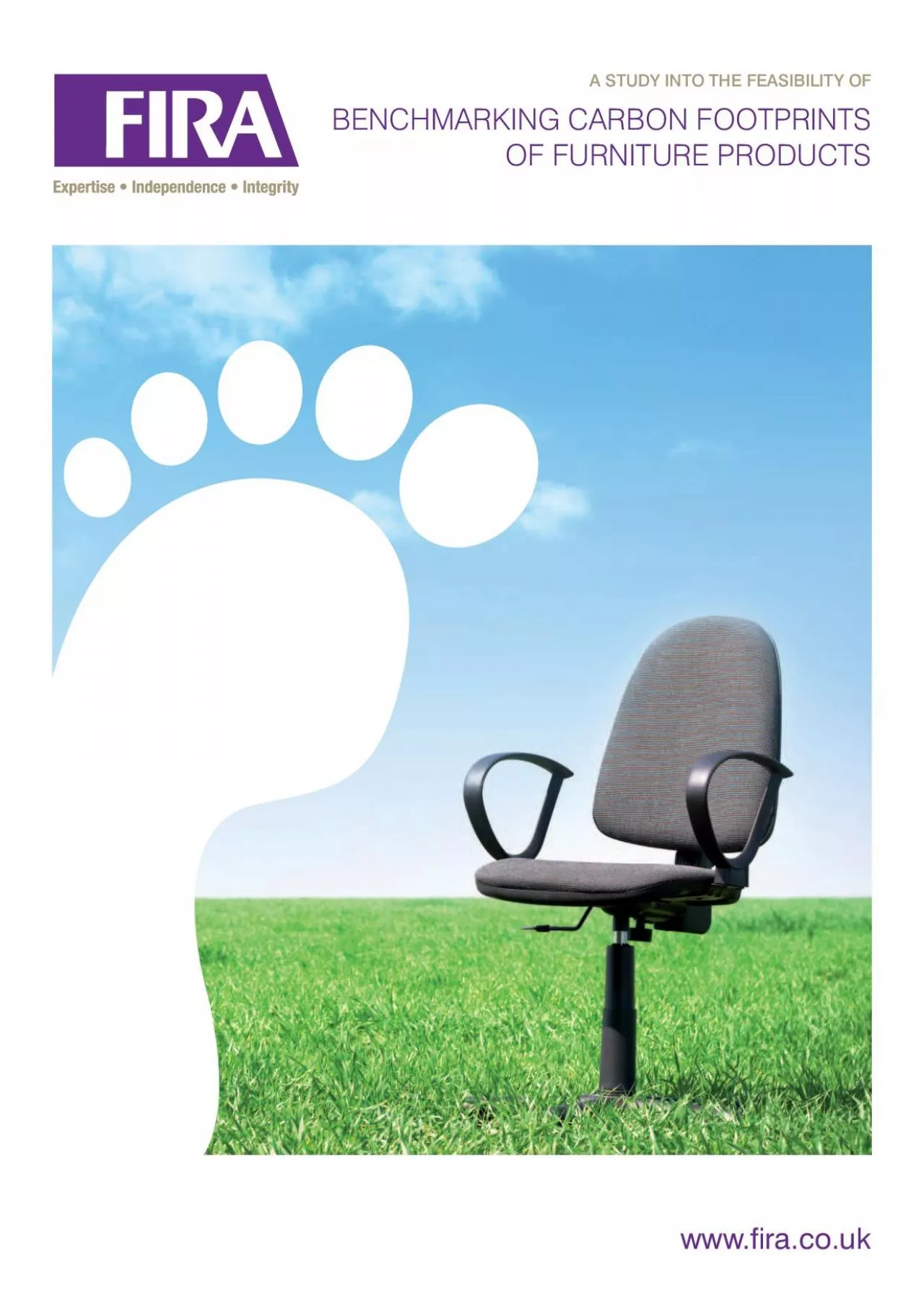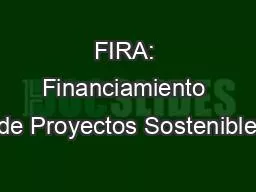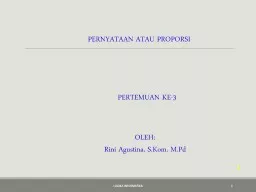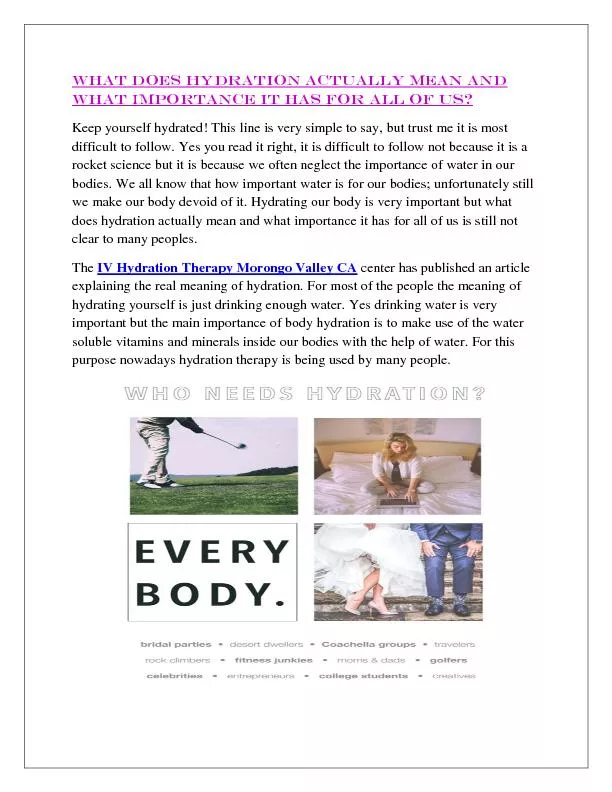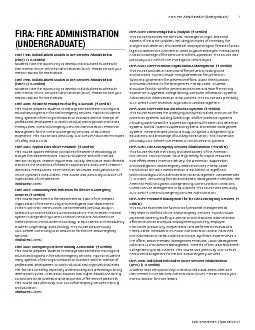PDF-FIRA International Ltd A BMTRADA Group CompanyHughenden Valley High
Author : bella | Published Date : 2021-07-05
FIL019RIGA1111 Back to contents page Back to contents page Benchmarking carbon footprints of furniture products Total TimberFoamsTextilesMetalPlasticPackagingTransportUtilitiesOther Dining
Presentation Embed Code
Download Presentation
Download Presentation The PPT/PDF document "FIRA International Ltd A BMTRADA Group ..." is the property of its rightful owner. Permission is granted to download and print the materials on this website for personal, non-commercial use only, and to display it on your personal computer provided you do not modify the materials and that you retain all copyright notices contained in the materials. By downloading content from our website, you accept the terms of this agreement.
FIRA International Ltd A BMTRADA Group CompanyHughenden Valley High: Transcript
Download Rules Of Document
"FIRA International Ltd A BMTRADA Group CompanyHughenden Valley High"The content belongs to its owner. You may download and print it for personal use, without modification, and keep all copyright notices. By downloading, you agree to these terms.
Related Documents

